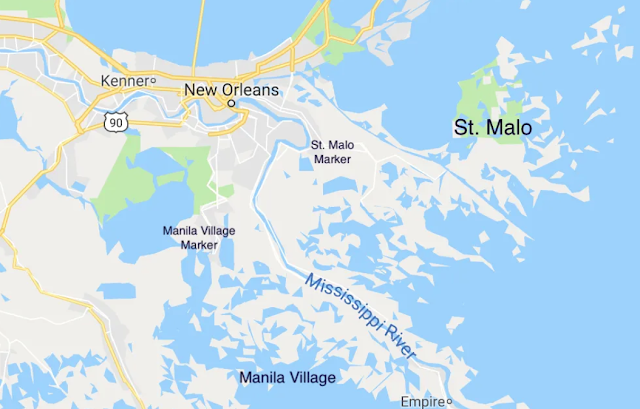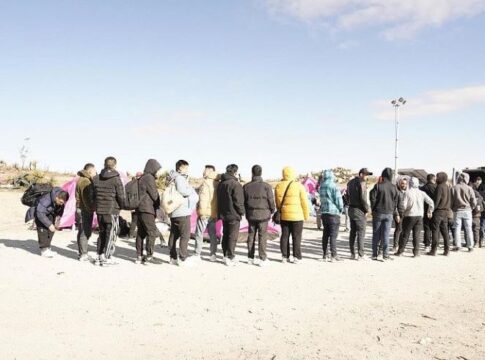
A marker indicating the location of the earliest Asian American permanent settlement in the US was unveiled Saturday, Nov. 9.
This historical marker at, 1345 Bayou Road, St. Bernard, LA. inside the Los Islenos complex at the Saint Bernard parish, serves as a reminder of Saint Malo. That’s the first Filipino settlement in America, founded in 1763.
Located in the bayou of St. Malo in Louisiana, the village was home for about 150 Filipinos, sailors who escaped the Spaniards who used them to sail the giant, treasure-laden galleons between the Philippiines to Mexico. After being transported overland to Mexico’s Gulf Coast, the spices, gold food and slaves were then loaded onto other galleons to be sent to Spain.
Historian Bill Hyland said, based on accounts from early settlers, Filipinos who were on board the ships from the Manila Galleon trade, settled in this small fishing village in southeast Louisiana.
LATEST STORIES
From the mid-18th century to the early 20th century, when it was destroyed by a hurricane, St. Malo was a prosperous community of about 150 Filipino fishermen who lived in huts made of palmetto fronds. These Filipinos became pioneers in fishing and shrimping.
Filipino American historian Randy Gonzales described how Filipinos found their home in St. Malo. He disputes the Spanish captains’ perspective that the seamen abandoned ship. They were forced labor and treated like slaves.
When the Spanish captains said the Filipinos jumped ship, from the Filipino perspective, they were escaping the harsh treatment by their Spanish overlords.
When the French sold Louisiana to the Spanish in 1762, New Orleans became a Spanish port. Galleons enroute to Spain would make regular stops in New Orleans where the Filipinos made a conscious decision to escape their life of bondage. The swamps surrounding the Mississippi Delta provided perfect hiding places.

They found a place in St Bernard Parish, Louisiana, where other people spoke Spanish. It was easy for them to integrate into neighboring communities where they could fish and make a living, and everyone left them alone. In the swamps, they could have their own little space, and they carved a space for themselves before the US declared its independence and before Louisiana became part of the US.
Once they did that more Filipinos followed. Even back then, Gonzales said these Filipino settlers would remit money back to the Philippines – to their families and loved ones.
The St. Malo Marker is the second Louisiana Historical Marker to be placed in the state under the sponsorship of the Philippine-Louisiana Historical Society (PLHS). The first marker was unveiled in 2012 and commemorates Manila Village, a stilted village central to the shrimp drying industry in Louisiana.
Located in front of the courthouse in the Town of Jean Lafitte, the Manila Village Marker describes Filipino life in the region after the migration of the first settlers. The establishment of the St. Malo Marker keeps with the mission of the PLHS to share the history of Filipinos in the Bayou State.
“These two markers help us inform the public about our history.” said Dr. Randy Gonzales, co-vice-president of the PLHS. “We want the histories of the communities of St. Malo and Manila Village to be integrated into the Louisiana story everyone knows. The next generation shouldn’t be surprised when they learn there was a Filipino fishing village in St. Bernard Parish.”
AsAmNews has Asian America in its heart. We’re an all-volunteer effort of dedicated staff and interns. Check out our new Instagram account. Go to our Twitter feed and Facebook page for more content. Please consider interning, joining our staff or submitting a story.







